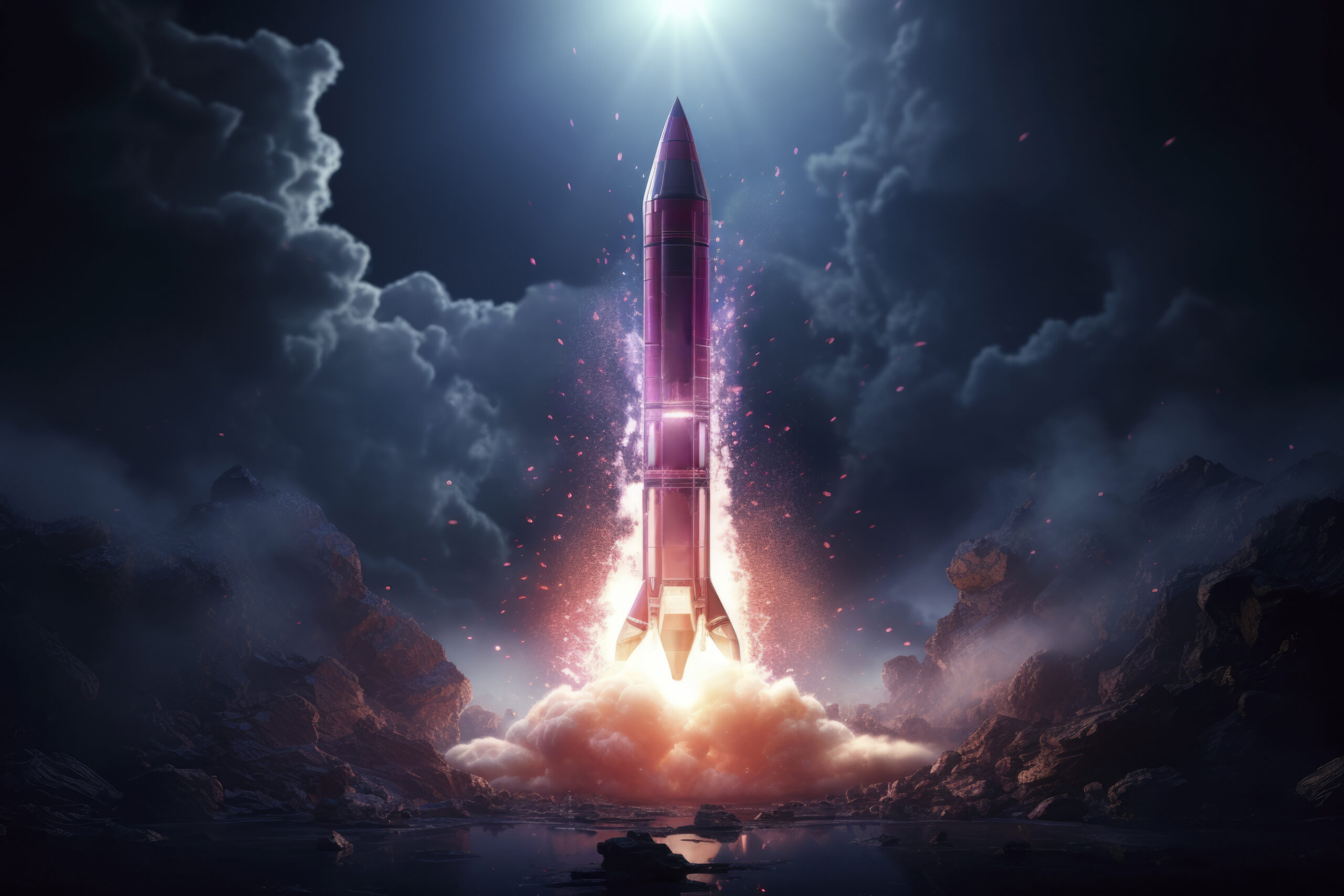
SpaceX: Pioneering the Future of Space Exploration
Space Exploration Technologies Corp. (SpaceX) has revolutionized the aerospace industry since its founding in 2002. From reusable rockets to groundbreaking missions, SpaceX is pushing the boundaries of what’s possible in space travel. Under the leadership of Elon Musk, the company’s ultimate goal is clear: to make life multi-planetary, starting with Mars.
From Humble Beginnings to Industry Leader
When Elon Musk launched SpaceX, many were skeptical. Could a private company really compete with government-backed giants like NASA and the Russian Space Agency? SpaceX quickly proved the doubters wrong. In 2008, after a series of failed attempts, SpaceX successfully launched the Falcon 1, becoming the first privately developed liquid-fueled rocket to reach Earth’s orbit. This milestone laid the foundation for what would become a new era in space exploration.
Revolutionizing Rocket Technology: Reusability
Traditionally, rockets were single-use, which made space travel incredibly expensive. SpaceX disrupted this model by focusing on the development of reusable rockets, a feat previously thought impossible. In 2015, SpaceX made history when it successfully landed the Falcon 9‘s first stage after launch. Since then, the company has perfected this technique, with rockets regularly landing back on Earth to be refurbished and flown again. This innovation has slashed the cost of sending payloads into space and has set SpaceX apart from its competitors.
Falcon Heavy: Powering Ambitious Missions
The Falcon Heavy, SpaceX’s powerful heavy-lift rocket, became another landmark in 2018. Capable of carrying 64 metric tons into orbit, the Falcon Heavy is the most powerful operational rocket in the world. During its inaugural mission, it famously launched a Tesla Roadster into space, with a mannequin named “Starman” in the driver’s seat, heading toward Mars. While a PR stunt, this event demonstrated the rocket’s immense capability and SpaceX’s commitment to pushing the boundaries of what’s possible in space.
Commercial Spaceflight and NASA Collaborations
SpaceX’s success has attracted partnerships with major organizations, including NASA. In 2020, SpaceX became the first private company to send humans to space aboard the Crew Dragon spacecraft, launched on a Falcon 9 rocket. The mission, called Demo-2, successfully delivered NASA astronauts to the International Space Station (ISS). This marked a significant moment in space history, as the U.S. regained its ability to launch astronauts from American soil after nearly a decade of relying on Russian spacecraft.
Since then, SpaceX has carried out multiple crewed missions to the ISS, cementing its role as a critical partner in NASA’s space exploration efforts. The company’s Crew Dragon is now a regular mode of transport for astronauts.
Starship: The Mars Dream
While SpaceX’s achievements in low-Earth orbit are impressive, the company’s ultimate vision lies much farther away: Mars. The Starship project, currently under development, is a fully reusable spacecraft designed for long-duration space missions. Starship aims to carry humans not only to the Moon and Mars but also to other celestial bodies, potentially becoming the backbone of future space colonization efforts.
In recent years, SpaceX has conducted several test flights of Starship, including high-altitude flights and landing tests. While some tests have resulted in spectacular explosions, each attempt has brought the company closer to achieving its ambitious goals. Elon Musk envisions a future where Starship ferries thousands of people to Mars, establishing a self-sustaining colony that could ensure humanity’s survival in the event of a catastrophe on Earth.
Starlink: Connecting the Globe
Beyond space exploration, SpaceX is also transforming global communications with its Starlink project. Starlink aims to provide high-speed internet access to even the most remote parts of the world by launching thousands of small satellites into low-Earth orbit. With over 4,000 satellites already launched, Starlink has begun providing internet service in many countries, and SpaceX plans to expand the network further in the coming years.
While the project has faced some criticism, particularly over the impact of satellite megaconstellations on astronomy, it has the potential to bridge the digital divide and provide internet access to underserved communities worldwide.
Looking Ahead
SpaceX is not just a space company—it’s an embodiment of human ambition and innovation. From reusability to Mars exploration, the company has consistently set higher standards for the aerospace industry. With Starship’s development and NASA’s Artemis program planning to return humans to the Moon, SpaceX is at the forefront of space exploration’s next giant leap.
Whether it’s launching astronauts, building the first Mars colony, or connecting the world with internet satellites, SpaceX continues to transform what was once science fiction into reality. As Elon Musk famously said, “I want to die on Mars, just not on impact.” With SpaceX, humanity may very well be on its way to achieving that dream.
